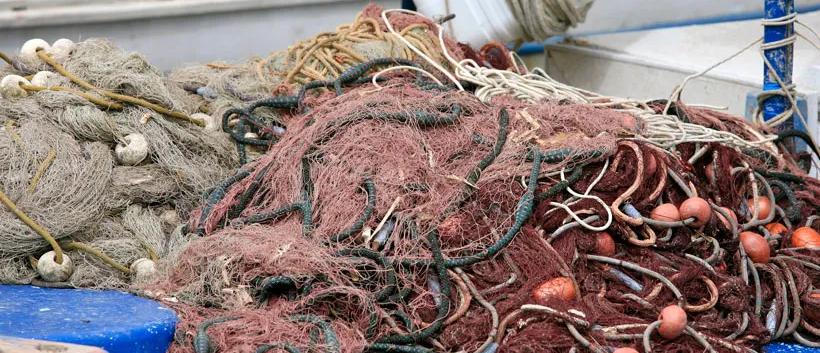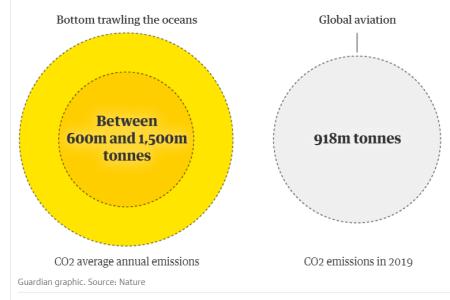
Photo: Alex Proimos, CC BY 2.0
A ground-breaking study suggests that bottom trawling, a fishing practice in which heavy nets are dragged along the seabed, may be releasing more than a billion metric tons of carbon every year, which is comparable to carbon dioxide produced by the entire aviation industry.
The carbon is released from the seabed sediment into the water, and can increase ocean acidification, as well as adversely affecting productivity and biodiversity, the study said. Marine sediments are the largest pool of carbon storage in the world.
The report – Protecting the global ocean for biodiversity, food and climate – is the first study to show the climate impacts of trawling globally. It also provides a blueprint outlining which areas of the ocean should be protected to safeguard marine life, boost seafood production and reduce climate emissions.
The Guardian points out that only 7% of the ocean is under some kind of protection. The scientists argue that, by identifying strategic areas for stewardship – for example, regions with large-scale industrial fishing and major economic exclusion zones or marine territories – nations could reap “significant benefits” for climate, food and biodiversity. Protecting “strategic” ocean areas could produce 8m tonnes of seafood, they say.
The top 10 countries with the most carbon emissions from bottom trawling were China, Russia, Italy, UK, Denmark, France, the Netherlands, Norway, Croatia and Spain.

